A Beginner's Guide To Propagating Succulents
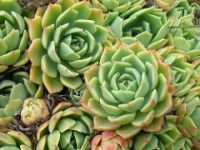
Choosing a Method for Succulent Propagation
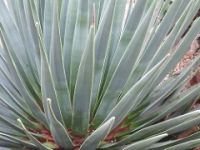 Succulents are usually propagated by means of either cuttings or offsets. Many different succulents can be propagated by means of either leaf or stem cuttings. Which will be suitable will depend on the variety or varieties which you are growing. To take a suitable cutting, use a clean, sharp knife to cut off a few leaves that are fleshy with a bit of the stem still attached. Avoid taking too many pieces from one parent plant.
Succulents are usually propagated by means of either cuttings or offsets. Many different succulents can be propagated by means of either leaf or stem cuttings. Which will be suitable will depend on the variety or varieties which you are growing. To take a suitable cutting, use a clean, sharp knife to cut off a few leaves that are fleshy with a bit of the stem still attached. Avoid taking too many pieces from one parent plant.
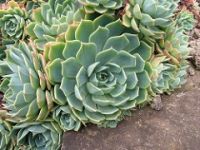 Some succulents are even easier to propagate. Rosette forming succulents such as aloe, echeveria and zebra plants can be grown from these small offsets that form naturally close to the parent plant. Use your fingers or a clean, sharp knife if required to cut these rosettes from the parent plant.
Some succulents are even easier to propagate. Rosette forming succulents such as aloe, echeveria and zebra plants can be grown from these small offsets that form naturally close to the parent plant. Use your fingers or a clean, sharp knife if required to cut these rosettes from the parent plant.
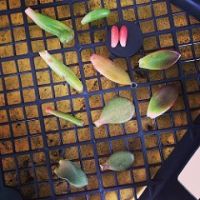 Wait For A Callus To Form
Wait For A Callus To Form
Once you have harvested your cuttings or offsets, you should leave these alone, in a dry location such as a sunny windowsill for around a week to allow a callus to form. A callus is basically a scab or hardened piece of plant tissue. It protects the cut section from disease or rot. Be careful not to allow the cuttings or offsets to get wet before the callus has formed.
Place on A Suitable Growing Medium and Allow Roots To Form
Once the callus has formed on your cuttings or offsets, you can place the pieces of plant on top of a potting mix that is specifically designed for succulents. Water them lightly about once a week and wait for small roots to form.
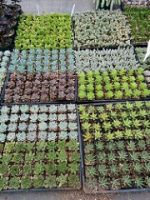 Pot Up the Pieces
Pot Up the Pieces
After a while, cuttings will form new leaves at the stem end of the leaf, and the original leaf from the parent plant will begin to wither and once it has shrivelled, can be removed. As soon as this has occurred, or your cutting or rosette has formed small roots, you can pot up each of the new plants in a small pot filled with the same suitable growing medium. Place the pots in an area that receives indirect but bright light for at least six hours each day. Water consistently but lightly once a week.
Move Succulents To Their Final Growing Positions
After being left to settle into their pots for a few weeks, the new succulents should be well-rooted and can be moved to their final growing positions in containers, indoors or on a patio, or in your garden beds (depending on variety).